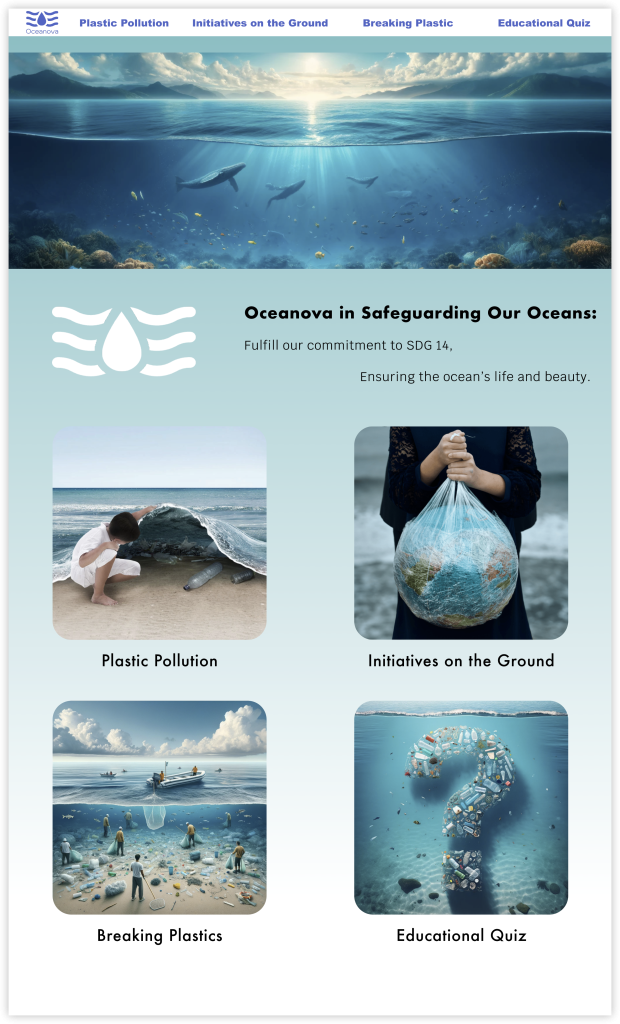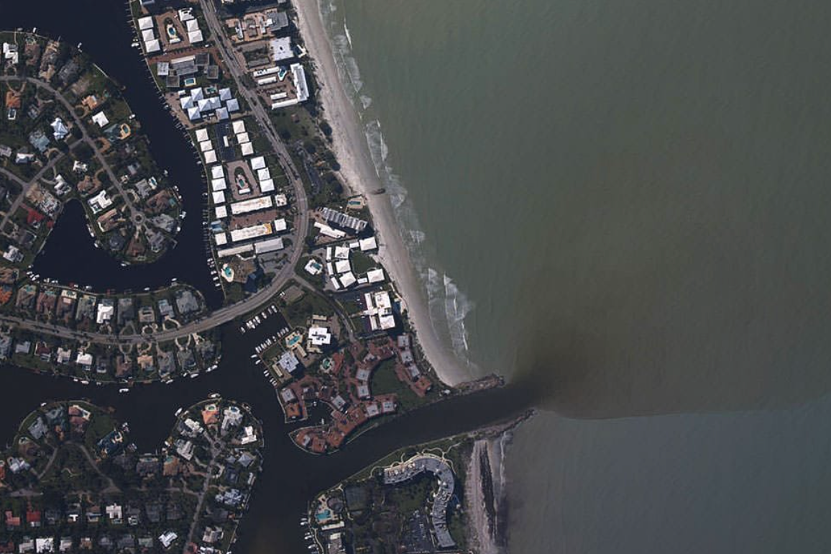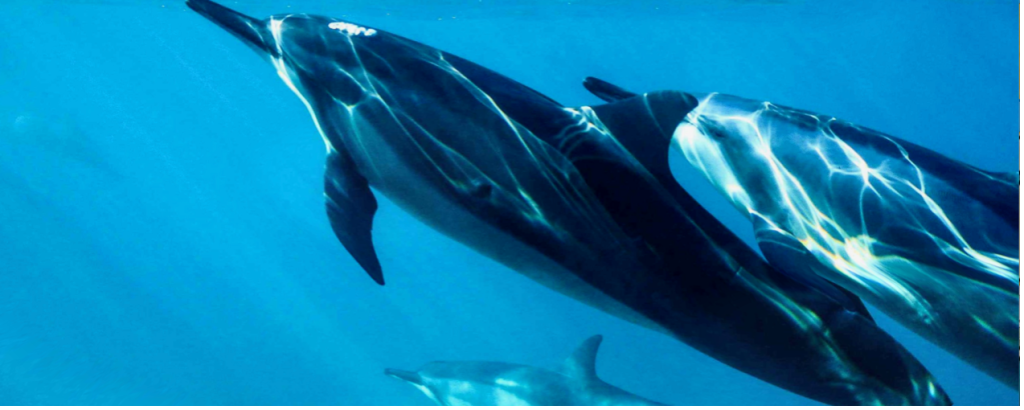SDG14

Ocean pollution is a crisis that doesn’t just affect life below the seas, but us humans as well. Our artefacts all have one simple goal; to raise awareness about oceanic pollution, both plastic and chemical. Using Sustainable Development Goal (SDG) 14 – Life Below Water –as our framework, we decided to create three artefacts: a website, a podcast, and a journalism article. The podcast, titled “Washing for Future”, focuses on the damage that microplastics in washing liquid and detergent can cause to the environment, and how we can prevent this from happening. The journalism article, titled “How to end marine pollution and save our oceans”, focuses on the impact different pollutants and waste products have on marine ecosystems and how we can all help put a stop to it. This website, titled “Oceanova”, is dedicated to leading the charge against the permanent damage pollution can do to the oceans and educating future generations on how to save our planet.
Podcast
Website

Article
How to end marine pollution and save our oceans
Lokesh Jayanetti & Chyanne Camara Alves
The Earth is a planet full of wonders that humanity doesn’t appreciate enough. It is covered almost entirely by seven main oceans, which is what gives it the famous blue hue and the nickname ‘The Blue Planet’. These vast bodies of water are responsible for influencing and regulating the planets climate, providing food and livelihoods for coastal regions and for economic progress and transport. However, since the dawn of the 21st century, it has become increasingly apparent just how much damage we are doing to our oceans. Pollution, climate change, overfishing, oil spills, and many more man-made disasters threaten to damage our oceans and its creatures beyond repair.

Coral reef in Sharm el Sheikh, Egypt. Credits: Renata Romeo, Ocean Image Bank.
In 2015, the United Nations (UN) set up 17 Sustainable Development Goals (SDGs), which focused on protecting the environment and similar ecosystems, preventing hunger and poverty, averting climate change, and creating a more sustainable economy. Out of the 17 SDGs the UN put in place, SDG 14, also known as ‘Life Below Water’, is one of the most important additions, as it deals with the ocean and aquatic life. SDG 14 was specifically put in place to “conserve and sustainably use the oceans, seas and marine resources for sustainable development”. The ocean covers 70% of the worlds surface area, and we rely on it for multiple resources, from water and food to energy and leisure. However, in recent years the oceans have been affected by several man-made threats, such as overfishing and climate change.
Life under water is also being impacted by excessive pollution. According to National Geographic, “marine pollution is a combination of chemicals and trash, most of which comes from land sources and is washed or blown into the oceans”. Pollution isn’t always as simple as shopping bags, plastic, and Styrofoam; dangerous chemicals from large cooperations, rubber, fertilizer runoff and even light and sound goes under the different kinds of waste the oceans suffer from. Plastic is the most dangerous and most impactful form of pollution, as it badly affects the marine life who consume it. Fish, dolphins, seabirds and even seals, all see plastic in the ocean as just another form of food. This can be fatal for these creatures, as they cannot digest the plastic fast enough, and end up suffocating on it. There have been several incidents of fish and seabirds having stomachs full of plastics and other such pollutants, most of which haven’t been digested yet. According to Surfers Against Sewage, a third of all fish caught for human consumption now contains plastic, which is not only dangerous for us who just eat the food without question but is also a testament to how bad the plastic pollution problem has gotten. There is so much plastic pollution in the oceans that they have created islands of garbage in the Pacific Ocean. Also known as the Great Pacific Garbage Patch, these islands of trash are a collection of marine litter and plastics from Japan, the US and California, as well as debris washed up from other bodies of water.

A sea turtle eating a Styrofoam cup. Credits: Paulo de Oliveira, Yahoo! News.
Ocean pollution doesn’t always come directly from boats and ships crossing the seas. Most of the pollutants (80% to be exact) comes from the land, which is also known as non-point source pollution, which happens because of runoff. Examples of non-point source pollutants include septic tanks (which is where our sewage goes through), cars, trucks, boats, farms, ranches and even forest areas. These pollutants wash away from the ground and make their way to water bodies nearby, most of which flow directly to the ocean, thus adding to the marine pollution problem. Additionally, at least 14 million tonnes of plastic are washed up into the ocean every year, making up a total of 80% of all oceanic pollution. One of the main reasons for pollution being such a large problem for oceans now is the fact that many countries just don’t have the infrastructure to prevent it. Sanitary landfills, incineration and recycling facilities, circular economy infrastructure and proper management and disposal of waste systems are all important for controlling the dangerous pollutants that are exposed to our ecosystems.

A river dumping more non-point source pollutants into the ocean. Credits: National Oceanic and Atmospheric Administration (NOAA).
Allowing such pollutants to continue to damage our oceans can lead to several long-term and possibly permanent repercussions. The loss of biodiversity is one of the main consequences of marine pollution, as not protecting these ecosystems can lead to the disappearance of numerous species of plants and animals. This could disrupt bio-networks, reduce resilience to environmental changes and negatively impact the stability and productivity of marine ecosystems. It could also lead to a degradation of marine habitats, as failing to address chemical and plastic pollution could further contaminate these ecosystems. Besides harming marine wildlife, contaminating seafood, and posing risks to human health, plastic pollution can last for centuries, which poses an even bigger risk to oceanic ecosystems. In the long term, disrupting marine bio-networks and ecosystems can lead to a lack of regulation of the climate, less cycling of nutrients and less recreational and cultural opportunities. In turn, these consequences can badly impact human well-being and economic prosperity, as well as make the planet look less ‘blue’ and more ‘brown and dirty’.

A sea turtle stuck in a bunch of green fishing nets. Credits: Jordi Chias, World Wildlife Fund (WWF).
However, many countries are already leading the way to prevent ocean pollution and to successfully achieve SDG 14. Norway is currently leading a global initiative to combat marine pollution and promote a more sustainable ocean governance, alongside establishing rigorous management measures for fisheries in the country. Australia already has a vast and important part to play in protecting our marine biodiversity, especially since it is home to the Great Barrier Reef, the largest coral reef system and living organism in the world. Aside from having a network of protected areas along their coasts, the country has invested in research and monitoring of marine resources, as well as actively participated in international efforts to tackle oceanic pollution. The United Kingdom has been actively advocating for the protection of marine ecosystems, primarily through their Blue Belt Programme. This initiative aims to protect marine biodiversity in the Overseas Territories. The UK government has also set ambitious targets to reduce plastic pollution and promote more sustainable fisheries management. Many other countries are also joining the worldwide movement to end ocean and plastic pollution, with Indonesia pledging to reduce its own plastic and ocean pollution by 70% by the year 2030 and the Philippines drawing up new laws targeting single-use plastics. Several countries, including Kenya, Madagascar, the Maldives, and France are also working towards banning plastic bags or restricting consumers to use reusable bags. These are just a few of the many worldwide efforts put in place to protect our oceans from the pollution that is suffocating them every day.

The United Kingdom’s Blue Belt Programme. Credits: Tristan da Cunha.
There are many things that we as normal, everyday citizens can do to help reduce oceanic pollution as well. For one, we can reduce our use of single-use plastics such as bags, bottles, and straws. Instead, we can start using reusable shopping bags, water bottles and utensils. We must also make sure that waste is disposed of properly, especially in coastal areas. Not littering and taking part in beach cleanups and similar events will help keep our oceans cleaner. Alternatively, supporting, donating to, and volunteering with marine conservation organizations can help them work on initiatives such as maritime research, habitat restoration and policy advocation. Learning and spreading the word about the importance of oceans and marine ecosystems can raise awareness about conservation issues and can encourage others to protect these biodiversity’s as well. Minimizing the amount of light and sound pollution we cause marine animals, such as whales and dolphins, will also reduce the amount of stress and fear these creatures feel for us. It also gives us a more enjoyable experience when whale watching or just enjoying a cruise. Advocating for regulations and policies to change to promote sustainable ocean management, marine conservation and the reduction of pollution will also provide more ammunition for ministers and elected officials to act and protect our oceans from the damage we are causing. If we all work together and act now to protect our oceans, we can lead the way to create a more sustainable future for our marine ecosystems, as well as keep them clean, as ‘blue’ and as beautiful as we remember for future generations.

Dolphins swimming in a cleaner ocean. Credits: Clean Seas.